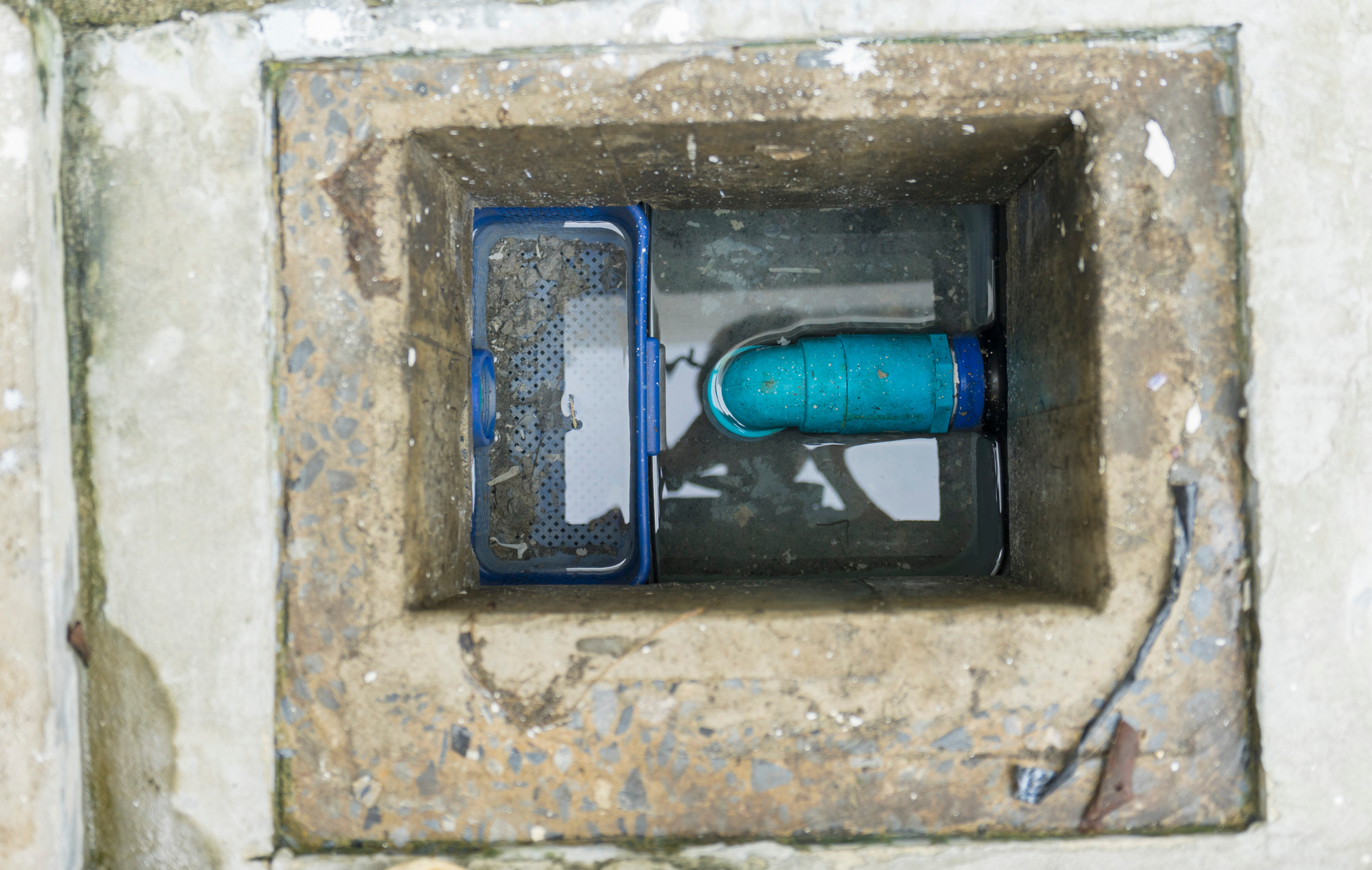Saving Today for Tomorrow: The Financial Benefits of Regular Septic Tank Maintenance
June 13, 2023
Unearth hidden savings with preventative septic tank care
Your home’s septic system is more than just a convenience—it’s a significant investment. As homeowners, we may often overlook this essential part of our properties, forgetting that neglect can lead to significant and expensive issues in the long run. In fact, regular septic tank maintenance can save you significant amounts of money and avoid potentially hazardous health issues.
Financial Implications of Neglect
A neglected septic system can lead to catastrophic problems. These can include backed-up sewage, damaged drain fields, or even complete system failure. These issues are not just disgusting—they're costly, too. A full septic tank replacement can run into the tens of thousands of dollars, a hefty sum that nobody wants to shell out.
Preventative Care is Cost-Efficient
On the other hand, routine maintenance is a comparatively minor expense. The cost of pumping and inspecting a septic tank every three to five years is far less than emergency repair or replacement costs. Also, regular inspections can identify potential issues before they become major problems, further saving you money in the long run.
Increased Home Value
Another financial benefit of maintaining your septic tank system is the positive impact it can have on your home's value. A well-maintained septic system is a valuable asset for potential buyers who are aware of the financial implications of a neglected system. On the flip side, a septic system in poor condition can dramatically decrease a home's market value or even result in a failed sale.
Avoid Health Hazards
Beyond financial considerations, a neglected septic system can also pose serious health risks. Wastewater leakage can contaminate local groundwater, potentially causing illnesses. Treating these health problems can lead to medical bills and loss of work time, adding to the financial burden.
Long-Term Savings
In conclusion, regular septic tank maintenance is a case of "pay a little now, or pay a lot later." Neglecting your septic system can lead to substantial costs down the line, not only in terms of repair and replacement but also in potential health costs and decreased property value. On the other hand, routine maintenance can keep your system running smoothly, preserving your home's value, and safeguarding the health of your family and community.
Regular septic tank maintenance isn't just a chore—it's a financially savvy choice. It’s important to approach this as part of your home's overall health and invest in a regular maintenance routine to ensure a healthy, hassle-free septic system. Your wallet will thank you in the long run.

Oxford Septic Services plays a crucial role in ensuring the health and functionality of septic systems in our community. With years of experience and expertise, our team is dedicated to providing top-quality services to homeowners and businesses alike. In this guide, we'll explore the vital role that Oxford Septic Services plays in maintaining healthy septic systems and preserving the well-being of our environment. Chapter 1: Comprehensive Septic System Maintenance Oxford Septic Services offers comprehensive maintenance services designed to keep septic systems running smoothly. From regular inspections to proactive maintenance measures, our team ensures that septic systems remain in optimal condition year-round. Chapter 2: Professional Septic Tank Pumping Regular septic tank pumping is essential for preventing backups and maintaining the proper functioning of septic systems. Oxford Septic Services provides professional pumping services tailored to the unique needs of each property, ensuring efficient removal of waste and sludge. Chapter 3: Prompt Septic System Repairs When issues arise with septic systems, prompt repairs are crucial to prevent further damage and ensure continued functionality. Oxford Septic Services offers timely and reliable repair services, addressing issues such as leaks, clogs, and drain field problems with expertise and efficiency. Chapter 4: Expert Leach Field Services Leach fields are an integral part of septic systems, responsible for filtering and dispersing wastewater into the soil. Oxford Septic Services offers expert leach field services, including inspections, repairs, and installations, to ensure the proper functioning of this critical component. Chapter 5: Emergency Septic Services Septic emergencies can occur at any time, posing significant risks to property and health. Oxford Septic Services offers emergency services around the clock, providing prompt response and effective solutions to mitigate damage and restore functionality. Chapter 6: Residential and Commercial Solutions Whether it's a residential property or a commercial establishment, Oxford Septic Services offers tailored solutions to meet the unique needs of each client. From small homes to large commercial properties, our team has the expertise and resources to handle any septic system challenge. Chapter 7: Environmental Stewardship At Oxford Septic Services, we are committed to environmental stewardship and sustainable practices. We prioritize eco-friendly solutions and responsible waste management techniques to minimize our impact on the environment and protect natural resources. Conclusion: Oxford Septic Services plays a vital role in maintaining healthy septic systems and preserving the well-being of our community. With comprehensive maintenance services, prompt repairs, and a commitment to environmental stewardship, our team ensures that septic systems remain in optimal condition for years to come. Trust Oxford Septic Services for all your septic system needs and experience the difference firsthand.

Septic tank pumping is a crucial aspect of septic system maintenance that often goes overlooked by property owners. Regular pumping helps prevent costly repairs, prolongs the lifespan of the septic system, and protects the environment from contamination. In this guide, Oxford Septic Services shares valuable insights into the importance of routine septic tank pumping and its many benefits. Chapter 1: Understanding the Role of Septic Tank Pumping Overview of the septic tank pumping process and its significance in maintaining a healthy septic system Explanation of how septic tank pumping removes accumulated solids and sludge from the tank, preventing clogs and backups Chapter 2: Preventing Costly Repairs and System Failures Discussion of the potential consequences of neglecting septic tank pumping, including system backups, drain field damage, and groundwater contamination Exploration of the financial implications of septic system repairs and replacements compared to the relatively low cost of routine pumping Chapter 3: Extending the Lifespan of Your Septic System Explanation of how regular septic tank pumping helps prolong the lifespan of the septic system by reducing stress on system components and preventing premature failure Discussion of the correlation between routine pumping and the overall health and longevity of the septic system Chapter 4: Protecting the Environment and Public Health Examination of the environmental and public health risks associated with untreated wastewater discharge from poorly maintained septic systems Explanation of how routine septic tank pumping helps mitigate these risks by preventing groundwater contamination and protecting local water sources Chapter 5: Maintaining Property Value and Resale Potential Exploration of the impact of a well-maintained septic system on property value and resale potential Discussion of how routine septic tank pumping demonstrates responsible property ownership and can increase buyer confidence during real estate transactions Chapter 6: Ensuring Regulatory Compliance Overview of local regulations and requirements regarding septic system maintenance and pumping frequency Explanation of how routine septic tank pumping helps property owners remain in compliance with regulatory standards and avoid potential fines or penalties Chapter 7: Best Practices for Scheduling Septic Tank Pumping Recommendations for establishing a regular pumping schedule based on factors such as household size, water usage, and septic system capacity Tips for working with professional septic service providers like Oxford Septic Services to schedule timely and efficient pumping services Conclusion: Routine septic tank pumping is an essential aspect of responsible septic system ownership, offering numerous benefits for property owners, the environment, and public health. By understanding the importance of routine pumping and working with trusted professionals like Oxford Septic Services, property owners can ensure the long-term performance and reliability of their septic systems.
